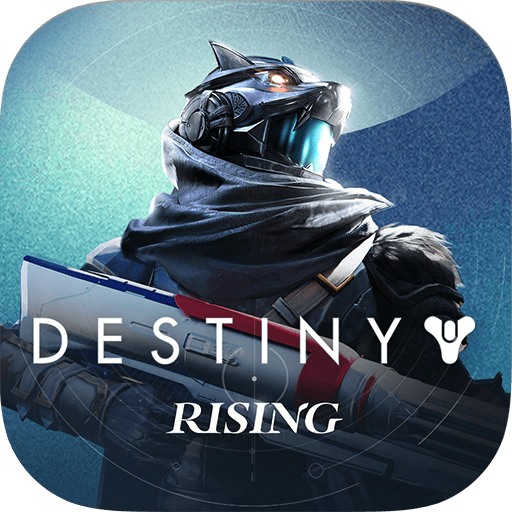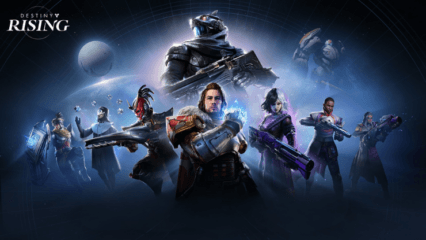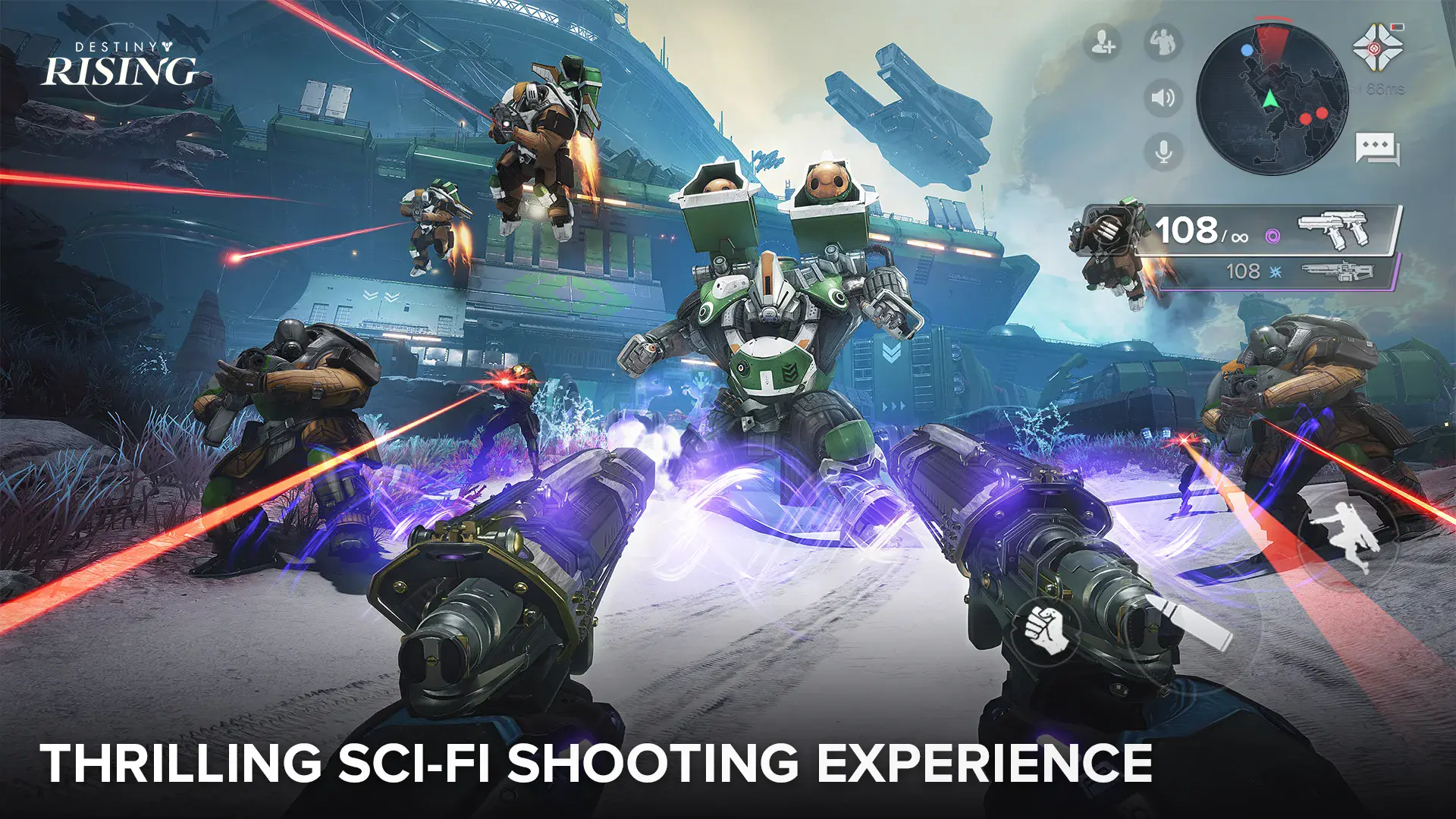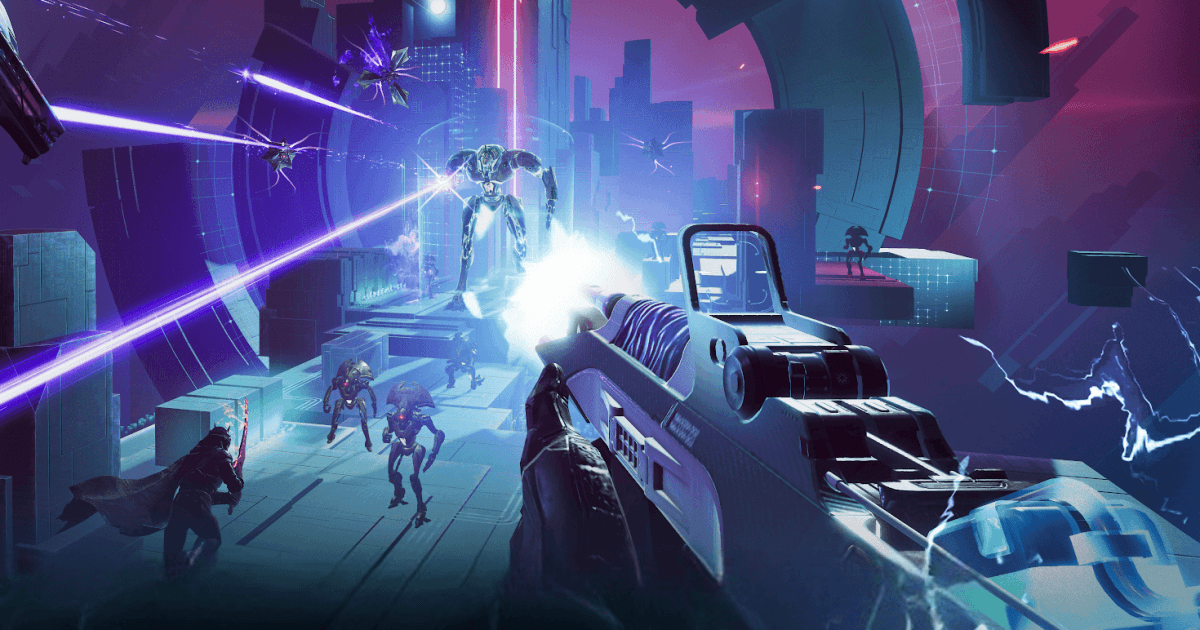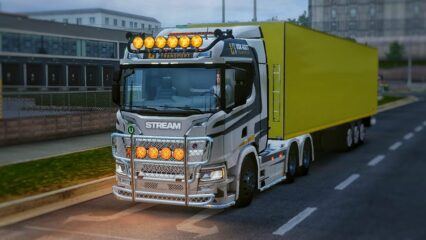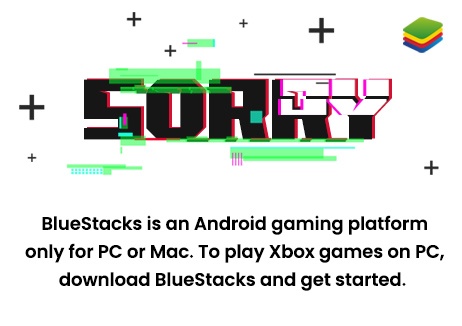Destiny: Rising Beginner’s Guide – Navigate through the Different Game Mechanics and Systems
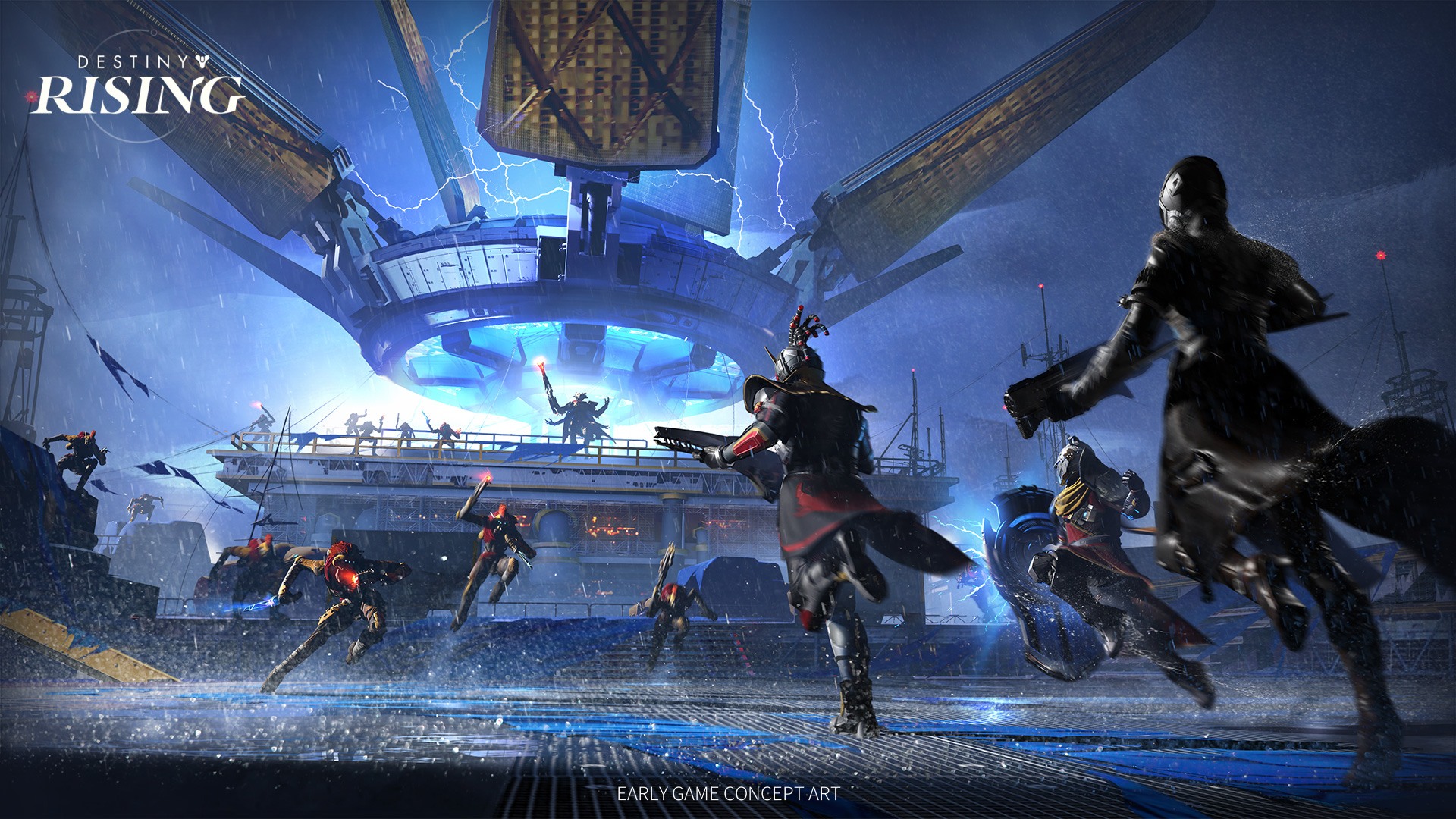
Destiny Rising — Officially supported and recommended on BlueStacks by NetEase (in-game).
Destiny: Rising is NetEase’s free-to-play mobile spin-off set in the Destiny universe, officially licensed by Bungie but not part of the main canon line. Launching on August 28, 2025, the game will be available on both Android and iOS with controller support. Additionally, you can also try playing it on your PC or Laptop with BlueStacks for accurate keymapping and other helpful features. For newcomers, Destiny: Rising combines familiar Destiny themes with new systems like loot boxes, mythic characters, and mobile-style progression. Let’s see what else the game has to offer below!
What is the setting and social hub in Destiny: Rising?
Destiny: Rising is set in an alternate universe of Destiny. While you’ll still encounter familiar concepts like Guardians and the Traveler, the narrative diverges with new twists, including unique factions and massive sentinel machines. The hub of your activities is a social space called Haven, similar to the Tower in Destiny 2. In this area, you’ll meet different new NPCs for quests and story missions. Sometimes, these NPCs can also offer secret challenges that reward you generously. Haven will also be the epicenter for upgrading weapons and relics, purchasing items, and playing mini-games (if you’re up for it!).

Outside Haven, the game unfolds across several zones presented in a campaign chapter format. Locations such as the Giangi Metro and the Red Sea Rift serve as backdrops for story missions and combat encounters. Much like in the mainline games, Destiny: Rising offers a wide variety of modes. Beyond the campaign, there are cooperative strikes, large-scale raids, and competitive Crucible PvP. Fan-favorite modes like Sparrow Racing League also make a return, ensuring that the game has something for every kind of player.
Who are the Lightbearers in Destiny: Rising?
The most important distinction between Destiny: Rising and the mainline titles lies in how you play your heroes. Instead of creating a single Guardian and customizing their class, you unlock and control multiple unique characters called Lightbearers. Each Lightbearer has a distinct personality, relic, and combat style, making them more like collectible heroes than customizable avatars.
The first Lightbearer you will encounter is Wolf, who is revived at the start of the story. Wolf’s relic is a solar-charged sword that allows him to rain fire down on enemies, and his weapon archetypes include auto rifles and grenade launchers. As you progress, you will unlock additional Lightbearers such as Kabir, who wields the Aegis relic for powerful Arc-based abilities, and Ikora Rey who channels Void energy through her Nova Bomb.

Each Lightbearer comes with specific weapon archetypes they can wield, meaning that while weapons can be shared across characters, they must match the appropriate archetype. Weapons themselves follow a rarity ladder that will be familiar to Destiny players, and even gacha enthusiasts: rare, legendary, exotic, and a brand-new tier called mythic. Mythic weapons and Lightbearers represent the peak of power and rarity, providing unique traits and stronger bonuses.
How does Progression work in Destiny: Rising
Advancement in Destiny: Rising takes place along two paths: character growth and campaign progression. Each Lightbearer can be leveled up to increase their base stats and unlock new abilities. At the same time, the campaign is divided into chapters that are unlocked by completing specific objectives. These objectives may include leveling your Lightbearers to a required threshold, equipping gear of a certain rarity, or completing designated quests in the campaign mode.

During the alpha and beta testing phases, these chapters were partially time-gated, requiring players to wait before advancing further. While it remains to be seen whether the launch version will retain these restrictions, players should be prepared for the campaign to unfold at a measured pace. This structure not only helps to pace content but also encourages players to spend time in side activities, dungeons, and events.
How does the summoning system work in Destiny: Rising?
Like many modern mobile RPGs, Destiny: Rising uses a gacha-style summoning system to unlock new Lightbearers and rare items. The system revolves around banners, which are divided into standard and limited categories. Standard banners represent the permanent pool of characters and weapons, while limited banners are tied to special events and feature exclusive rewards that are only available for a short time.
Drop rates in Destiny: Rising are structured to both entice and reassure players. A mythic Lightbearer is guaranteed within sixty draws, with additional safety nets built into the system. For example, in beta testing, players received a guaranteed mythic within their first thirty pulls, and after 180 summons, they could even choose a mythic of their preference. These mechanics ensure that consistent investment, whether through time or money, eventually results in high-value rewards.

What currencies are used in Destiny: Rising?
Summons are conducted using Bonvoyage Charms, a currency that can be earned in-game but is often scarce, pushing players toward optional real-money purchases. Silver, the premium currency, is purchased directly and used for cosmetics and special items. Other familiar resources, including Glimmer, Legendary Shards, and Lumia Leaves, play roles in upgrading and progression. The game’s monetization model does not prevent free-to-play players from advancing, but those willing to spend will naturally unlock rare Lightbearers and cosmetics faster.
Players can enjoy playing Destiny: Rising on a bigger screen of their PC or Laptop via BlueStacks along with your keyboard and mouse.

